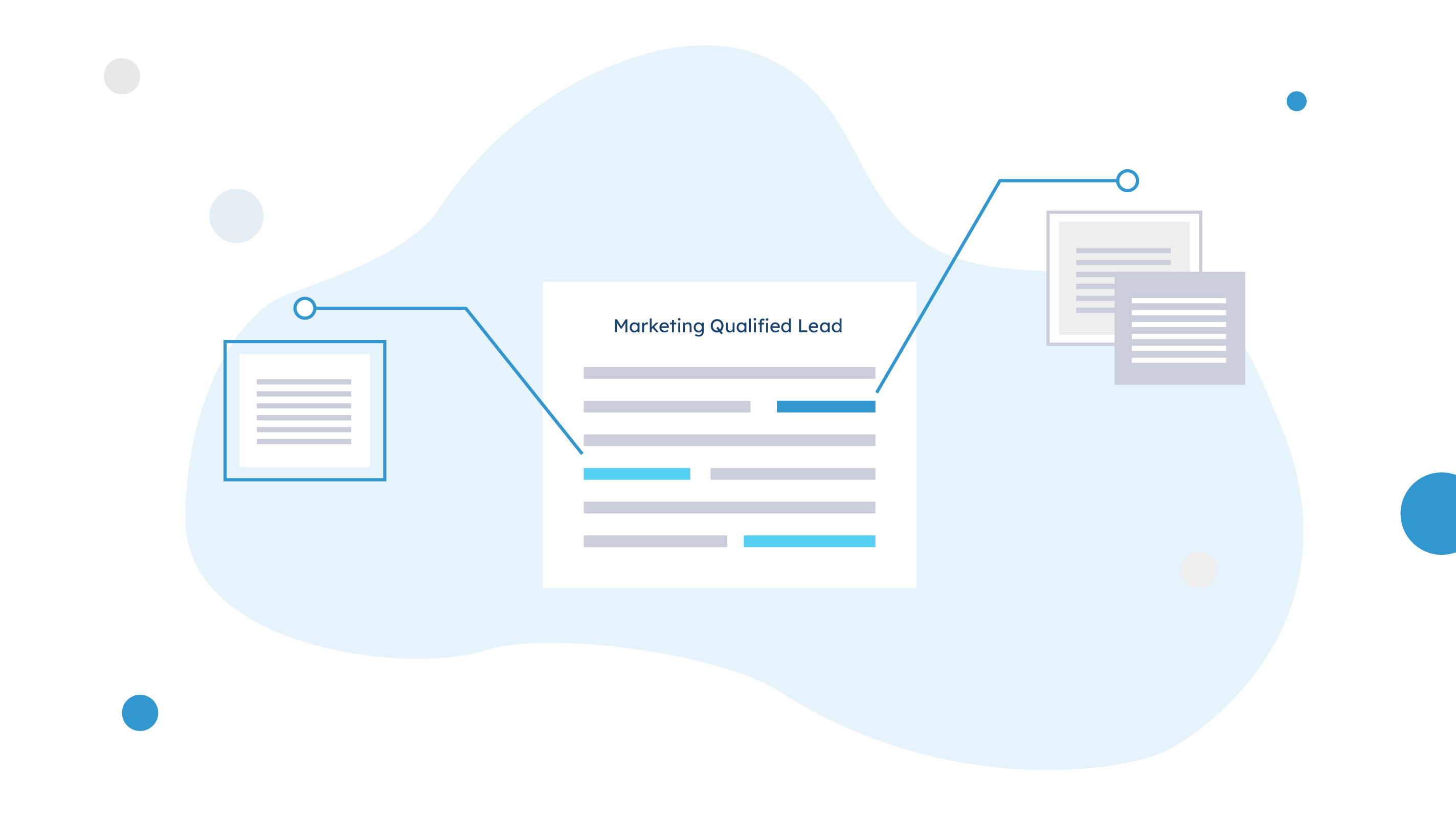Almost every marketing leader has had a conversation with their sales counterpart where the quality of MQLs (Marketing Qualified Leads) is the topic of discussion. Sometimes, this is a heated discussion. The reason is logical. As salespeople get a bigger funnel of leads to follow up, they like their ability to convert those leads to go up, and not waste their time on leads that are not as well qualified. Since sales leaders are also held accountable for their ability to turn leads into customers, they have a natural tendency to get frustrated with bad quality leads. For good reasons. Marketing leaders on the other hand are expected to generate as many good quality leads as possible, and can have a bias toward quantity over quality.
The above is a very healthy tension between marketing and sales, and should ideally lead to the exchange of insights, joined learning, and ultimately to a constant improvement of lead quality and quantity, better “handoff” and follow up, and result in more new customers.
But...this conversation is not always as productive as it needs to be…
Disagreement about what is an MQL
As the sales and marketing teams get to know each other, early conversations, as I described before, sometimes lead to an unhealthy disagreement about what the definition of an MQL is. Sales can get frustrated because some leads were clearly “bad” (they have an email like donald@disney.com or did not give us any signal that they were interested), or quality is not consistent, meaning that MQLs are not all “created equal”, and in the view of the sales team, should be “prioritized” between high priority leads that need fast follow up, and leads that are “nice to have” and can be addressed if sales team capacity allows.
Salespeople have a very valid point in these examples, and it’s key that their feedback is used by Marketing to do a better job qualifying leads (including verifying data like email addresses) and providing tools like lead scoring to prioritize the MQLs for sales based on “fit” (does the lead fit our Ideal Customer Profile) and “momentum” (what actions did the lead take, leading up to Marketing determining it to be an MQL).
This is the right way to keep improving lead quality, relevance, conversion rates, and all up funnel health. What can NEVER happen though, is that based on new insights, the leads that were historically handed to sales as MQLs get somehow “unqualified” retrospectively. This is not possible as it would mean rewriting history, updating reports that already were published, or maybe even “unpaying” people whose targets were based on MQLs.
What is an MQL?
An MQL is qualified by marketing (hence the name 🙂) as ‘ready to hand to sales’. Marketing can open or close the spigot gradually based on feedback from sales, but once an MQL is handed to sales it can never ‘unbecome’ an MQL.
Usually in young marketing and sales teams, too many leads ‘get through’ because lead volumes are still low, or there is a need to experiment. While this leads to lower conversion rates this can be by design. As the lead volume and conversion rates improve together, the funnel quality improves. To get to this point though, it’s ok for one of these to get worse while trying to improve the other one, as long as the combination gets better.
One cannot “uneat” the fish
In our team at Kalungi, we refer to this challenge as the ‘you can’t uneat the fish’ reality. If you ordered fish in a restaurant, and you take a bite and don’t like it, you can send it back (aka give marketing feedback on lead quality), but you can’t ‘uneat’ the fish...just like you cannot throw it back in the sea and pretend you did not catch the fish. You can change the type of nets you use to catch bigger fish or find different waters to fish. You can even hire another cook or change the recipe…
But you cannot ‘uneat’ the fish.
Once an MQL, always an MQL
Why? For the simple reason that those MQLs were handed over to sales. The fact that they did not convert does not change that.. they were handed over. Of course, these don’t have to convert to SQLs (Sales Qualified Leads, sometimes also referred to as Sales Accepted Leads), but they were MQLs and will always be known as MQLs (maybe “bad quality MQLs with low conversion rates, but still MQLs).
The same is true for customers. If a lead becomes a customer, and salespeople celebrate, get paid their commissions and report it on the end-of-month report, they cannot accept the Customer Success team to tell them months later to “not count” that new customer because they ended up not being a good fit and churned. The customer cannot “unbecome” a customer, just like the MQL cannot “unbecome” an MQL.
To summarize
We can’t ‘uneat the fish’, and an MQL can never be set back to the pre-MQL state (unqualified lead, subscriber, etc.). Imagine the disaster of having to explain to for example the board that reports from last month were incorrect...Or if you’re a public company, you would have to explain that to your shareholders. It would be like Apple producing a batch of bad iPhones and saying to the market that those iPhones that they took out of circulation were never produced.
Improving your fishing, fish preparation, or how it gets served up can make your restaurant more profitable. Improving MQL quality can help increase ARPU, conversion rates, and even decrease customer churn.
But you cannot uneat the fish or throw back the MQL because you don’t like it. You paid for the fish (or the PPC click). You can’t give the lead back or throw the fish back in the sea pretending it was never caught.
